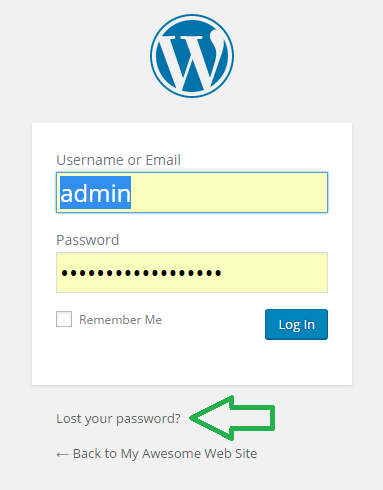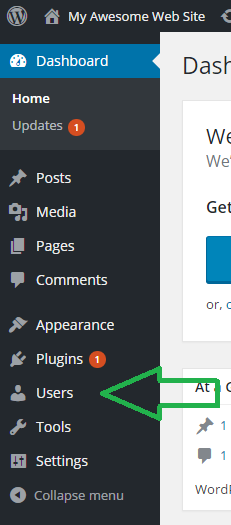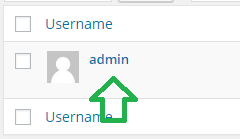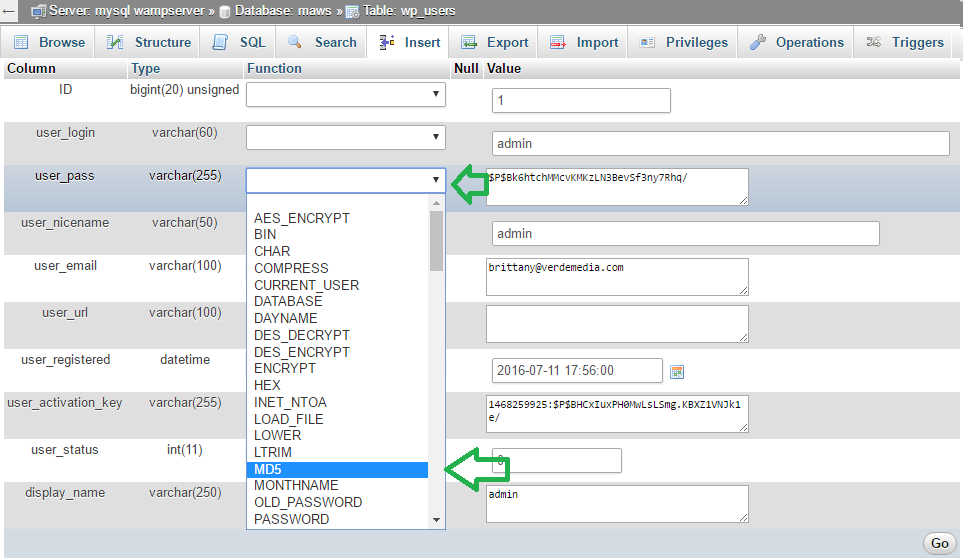In this article, we will cover some of the basics of using WordPress, including how to log in and how to reset your password. In the next article in the series, we will cover how to set and manage user roles. In a later article, we will cover how to add, edit, and delete posts and pages.How to log into your WordPress siteTo do anything with your WordPress website, you will first have to log in to your dashboard. To do this, complete the following steps:
- Navigate to your website’s WP Admin link. This will be your website domain, followed by wp-admin. Example: yourdomain.com/wp-admin
- Enter your username and password in the provided fields and click Log In.
That’s it! You should be logged in now.How to reset your passwordDid you forget your WordPress password and can no longer log in to your site? Don’t despair; there are a few different ways you can reset your password so that you can log in again.Method 1: Forgot Password linkNavigate to your WordPress dashboard url (yourdomain.com/wp-admin). Below the form to log in, there will be a link that says “Lost your password?” Click on that link.

After clicking on that link, you will be brought to a screen that asks you to enter your username or email address. This is the username or email address you signed up with. Enter one of those and click “Get New Password.” You will now be emailed a link that will allow you to reset your password.Method 2: DashboardIf you are able to log in to your site and you just want to change your password to something different, you can do this from the admin screen. Log in to your website using the instructions above, and click on Users.

Next, click on your username.

Scroll down to Account Management (it will likely be near the bottom) and click Generate Password.

Once you click this button, a box will open up with a secure, randomly generated password inside it.

You can change this password to something easier to remember if you wish. Just select the text in the box and replace it with your desired password. The box below your password will give you an indication of how strong your password is. Use letters, numbers, and symbols to create a strong password. If you choose to use a weaker password (which could leave your website open to attacks), you will have to click the “Confirm use of weak password” checkbox. Some web hosts will not allow you to use weak passwords.

Finally, click the “Update Profile” button.Method 3: database editing with phpmyadminIf you have access to phpMyAdmin on your server, you can change your password this way. Warning: use at your own risk. If you doubt your abilities, seek further advice, as using phpMyAdmin wrong could result in loss of data.Log in to phpMyAdmin on your server. The method to do this will differ based on your web host. Contact your host for further instructions on logging in.Once you’re logged in, click on your WordPress database in the menu on the left.

This will open up a list of tables in your database. Look for the wp_users table and click on it. You can also click on the word “Browse” next to the table name.

Look for your username under the user_login column and click Edit

In the user_pass column, delete the current characters (these are an encrypted version of your old password) and type in your new password. Remember that it’s case-sensitive.

Once you’ve typed in your password, click the dropdown menu next to it and select MD5.

Click the Go button at the bottom right.Test your new password on the WordPress login screen. If it doesn’t work, check and make sure that you followed the instructions exactly and that you typed in your password correctly.For more tips on changing your password, check out the WordPress Codex at https://codex.wordpress.org/Resetting_Your_Password



